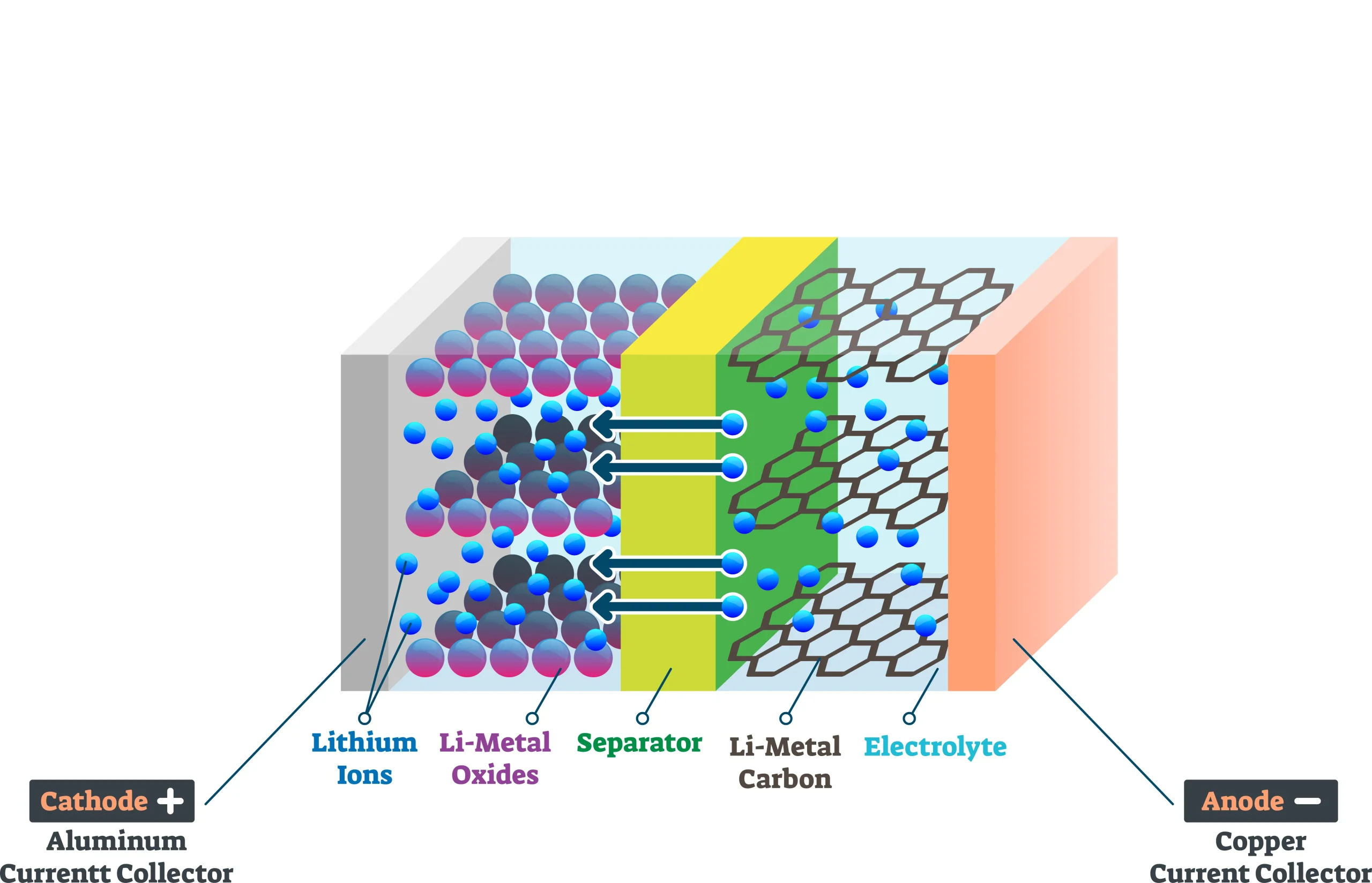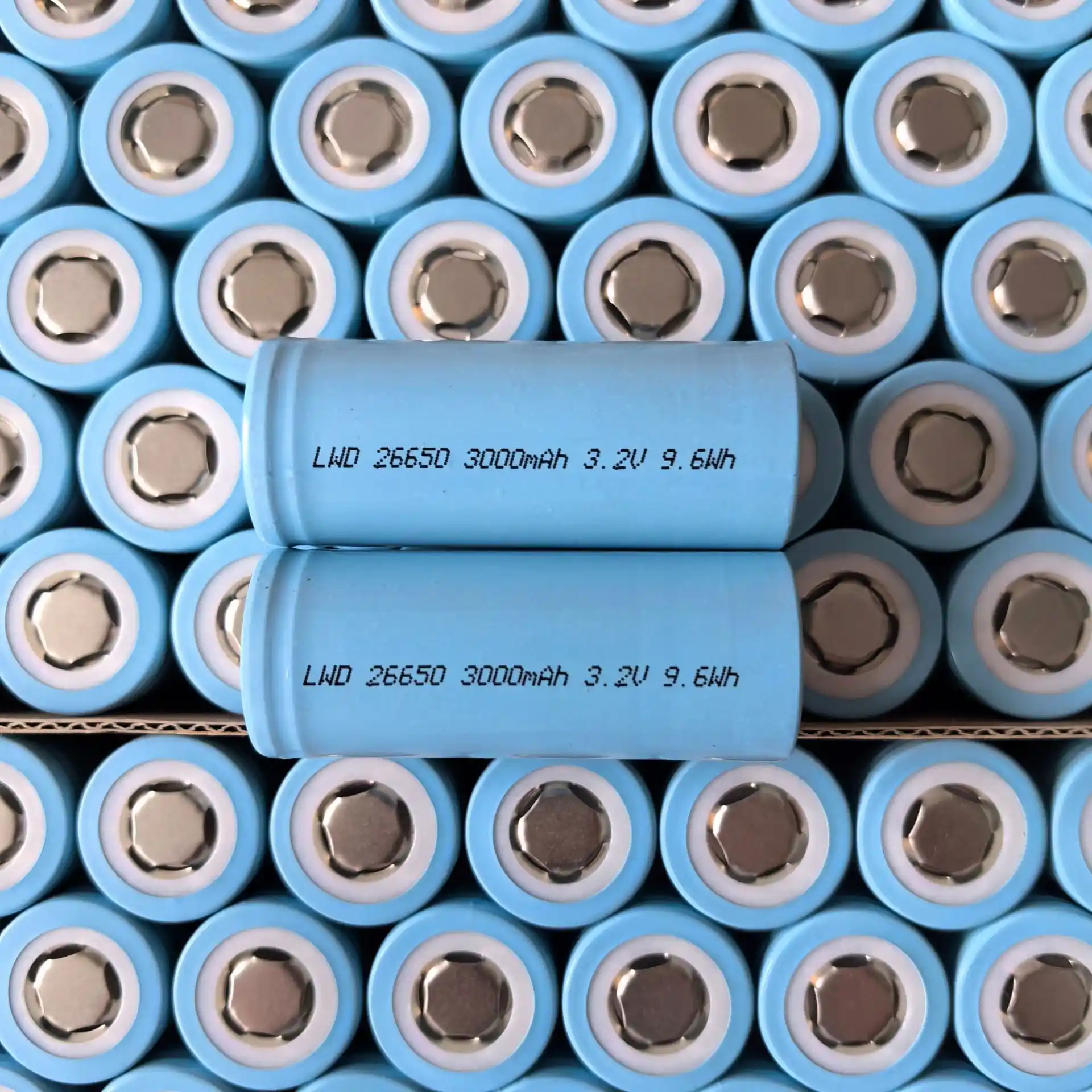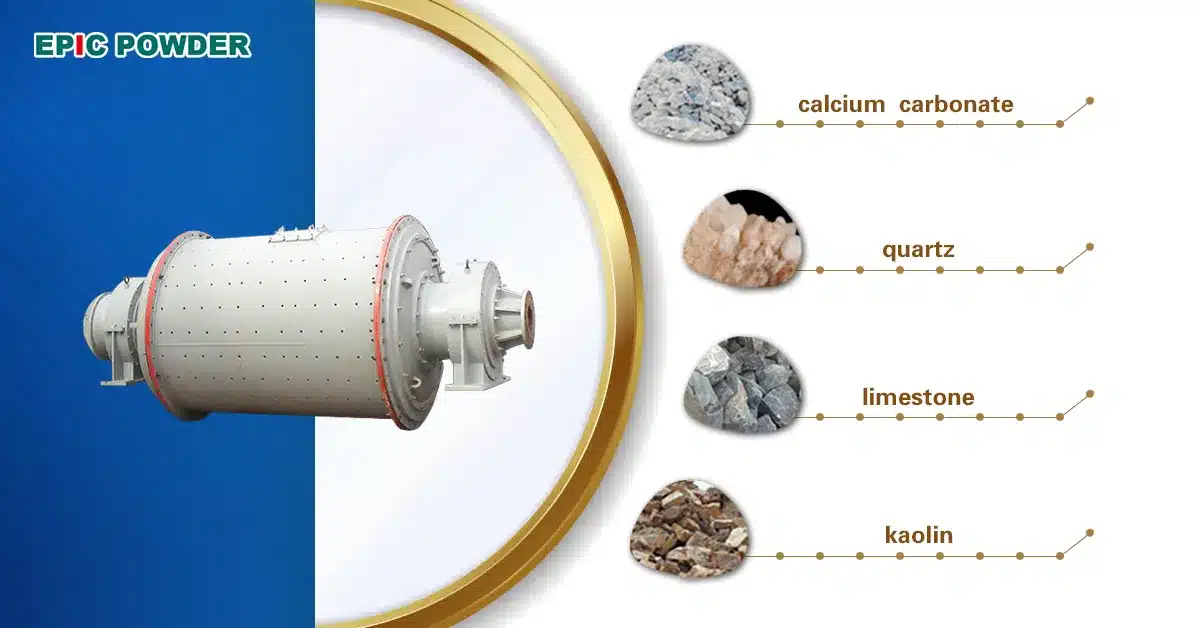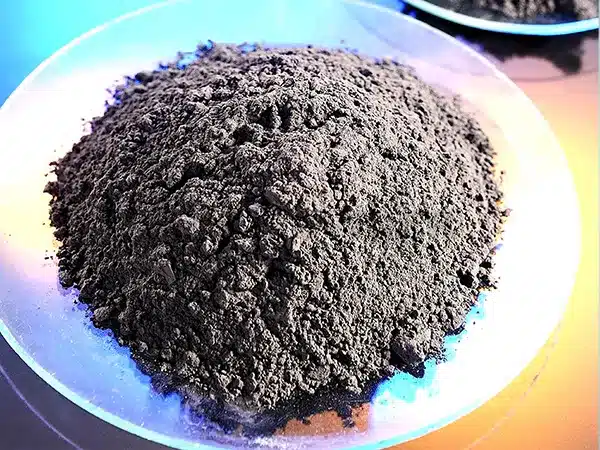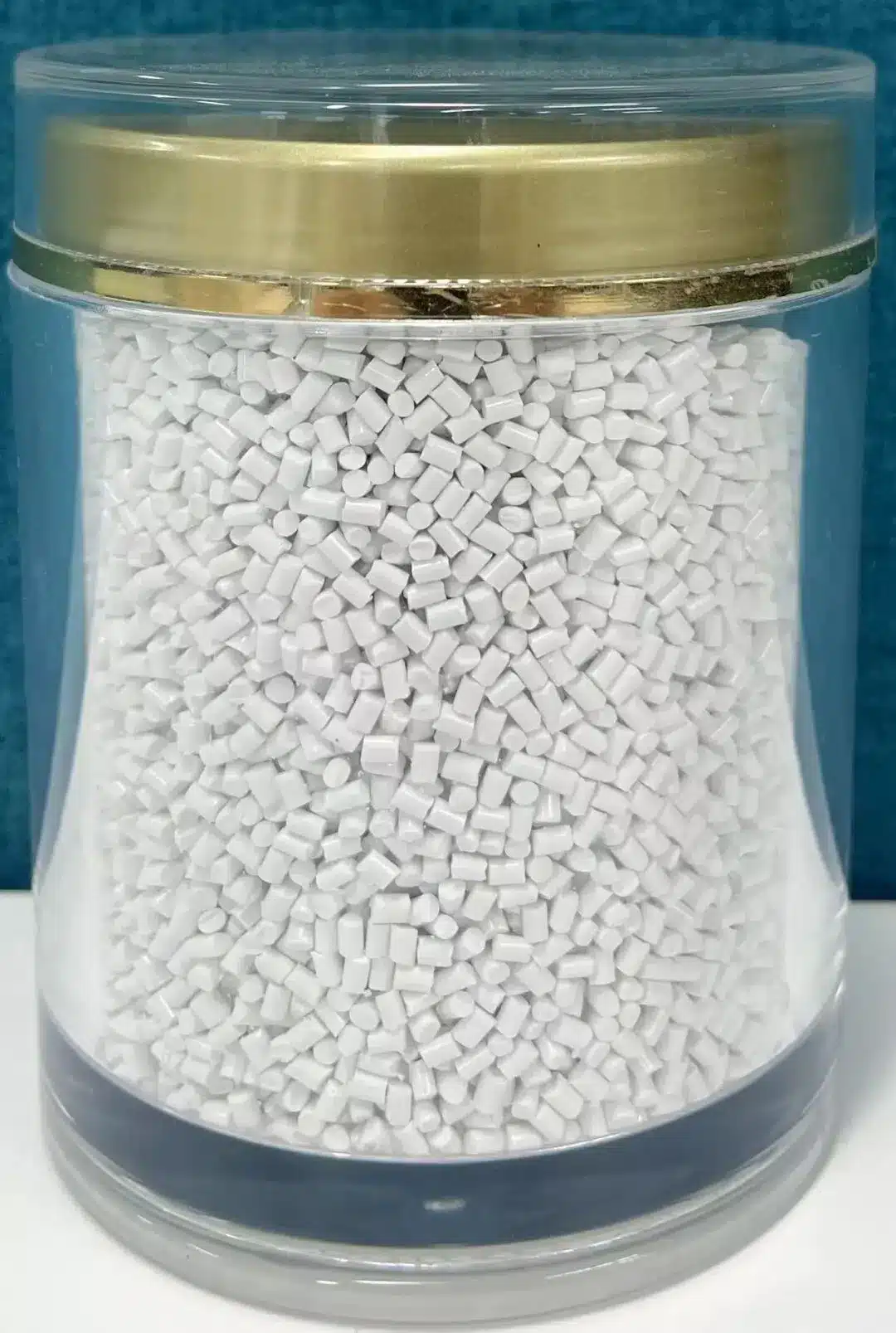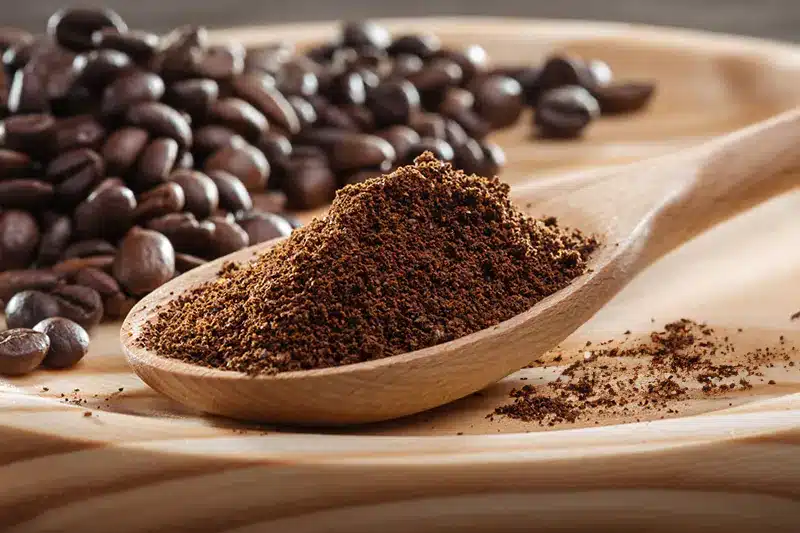In the field of powder processing, selecting the appropriate milling equipment is crucial for determining the quality of the final product. This article provides a systematic overview of the evolution and классификация of size reduction machinery. Epic Powder Machinery, specializing in advanced jet pulverization technology, is an expert in this field. We provide not only high-efficiency milling equipment but also forward-looking powder processing solutions.
Modern grinding machinery emerged successively after the gradual improvement and widespread adoption of the steam engine and electric motor. Concurrently, based on continuous modification and development, performance was also enhanced. By 1806, the steam engine-driven roller crusher appeared. In 1858, Blake from the United States invented the jaw crusher for breaking rocks. In 1895, the U.S. developed the gyratory crusher with continuous crushing action, offering higher capacity than the intermittent-action jaw crusher.

Also in 1895, William of the U.S. invented the impact crusher with lower energy consumption. During this period, grinding mills also saw corresponding development. In the early 19th century, the шаровая мельница, suitable for larger production scales and diverse applications, appeared. In 1870, the rod mill, producing a more uniform product size, was developed based on the шаровая мельница. In 1908, self-grinding machines using different grinding media were developed. From the 1930s to 1950s, the U.S. and Germany successively developed vertical spindle medium-speed coal mills like the roller-bowl mill and roller-disk mill.
The emergence of these comminution machines greatly enhanced efficiency. However, due to the varying characteristics of different materials and different industry requirements for product fineness, numerous machines operating on different principles were subsequently developed, such as multiple-wheel roller mills, vibration mills, turbo mills, jet mills, sand mills, and colloid mills. By the early 1970s, large gyratory crushers with capacities of 5,000 tons per hour and maximum feed sizes of 2000mm, as well as colloid mills capable of grinding feed material to less than 0.01 μm, had been developed.
2. Classification of Crushers (By Product Fineness)
Given the vast variety of materials processed, comminution machinery comes in many forms. Depending on the specific material and required product fineness, equipment is categorized into coarse crushers, medium crushers, fine crushers, grinding mills, and superfine mills.
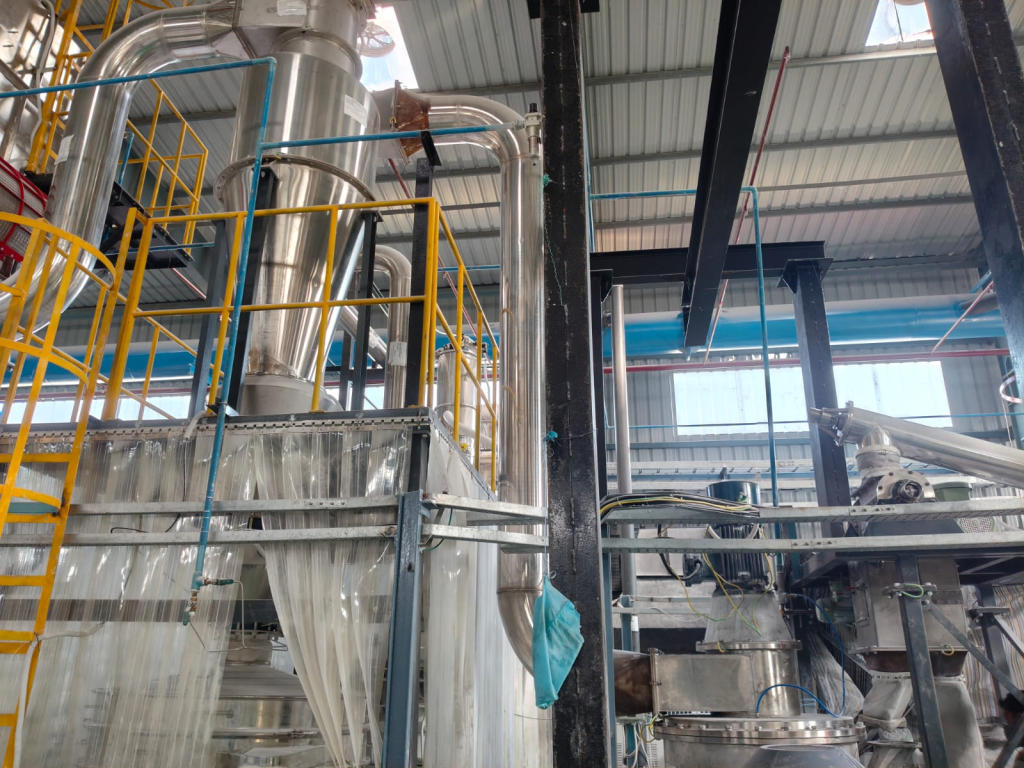
2.1 Types of Comminution (By Product Fineness)
2.1.1 Coarse Crushing: Suitable for hard materials, typically using Jaw Crushers and Cone Crushers. For medium-hard brittle materials, Jaw Crushers, Cone Crushers, and Roll Crushers are suitable. For medium-hard tough materials, Toothed Roll Crushers can be chosen.
2.1.2 Intermediate Crushing: For harder materials, suspended spindle cone crushers, roll crushers, and jaw crushers are options. For medium-hard brittle materials, Hammer Crushers, suspended spindle cone crushers, roll crushers, jaw crushers, and wheel roller mills can be selected. For medium-hard tough materials, Toothed Roll Crushers and wheel roller mills are suitable.
2.1.3 Fine Crushing: For hard materials, suspended spindle cone crushers, roll crushers, and wheel roller mills are quite suitable. For crushing medium-hard brittle materials, Hammer Mills, Universal Mills, or Roll Crushers can be chosen. For medium-hard tough materials, only wheel roller mills are typically suitable for fine crushing.
2.1.4 Grinding/Milling: For hard materials, Ball Mills are the most suitable equipment. For medium-hard brittle materials, Ball Mills and Ring-Roller Mills are appropriate.
2.1.5 Superfine Grinding: To achieve superfine products from hard materials, only Ball Mills and Vibration Mills are typically used. These can also process medium-hard brittle materials. Furthermore, in recent decades, Sand Mills, Vibration Mills, and Jet Mills have achieved even finer and more uniform product fineness. The introduction and subsequent localization of these machines have significantly improved the quality of titanium dioxide produced in China.

2.2 Types of Crushers (By Structure)
2.2.1 Compression Crushers:
Operate at relatively low speeds (low or medium). They can handle large lump material for coarse or intermediate crushing (from tens of cm down to a few cm, or from a few cm down to a few mesh). Their principle is crushing by compression. Examples include Jaw Crushers and Gyratory Crushers.
2.2.2 Roll Crushers:
Also operate at slow speeds (low or medium). They process medium-sized lumps for intermediate or fine crushing. Their working principle involves compression or shear. Also known as roller crushers, this category includes Roll Crushers, Wheel Roller Mills, and Ring-Roller Mills. They can process material from a few cm down to a few mesh, even up to 200 mesh.
2.2.3 Shear Crushers:
Operate at medium speeds. They can crush medium-sized lumps (from a few cm to a few mesh) or finer materials (from a few mesh to 200 mesh). Their principle relies on shear and impact forces.
2.2.4 Cylindrical/Tumbling Mills:
Can operate at low or high speeds. They are used for fine grinding (from a few mesh to 200 mesh) or superfine grinding (from 325 mesh down to a few microns). Their principle involves grinding and shear action. Examples include Tower Mills, Ball Mills, Vibration Mills, Sand Mills, and Attritors.
2.2.5 Impact Crushers:
Can operate at low or high speeds. They process medium-sized lumps (from a few cm to a few mesh). Their working principle utilizes impact and shear. Also known as Hammer Mills, Impact Crushers, Disintegrators, Pulverizers, or Pin Mills.
2.2.6 Jet Mills:
Are high-speed devices utilizing high-velocity gas streams to accelerate particles, causing size reduction primarily through inter-particle collision and collision with the mill walls. Jet Mills combine shear, impact, and attrition in one process, often termed ultrafine grinding, capable of producing products from 325 mesh down to a few microns.
Jet Mills, also known as Flat Jet Mills, saw international application after WWII during a period of major industrial technological advancement, especially after the flat jet mill was born in the USA in 1936, finding widespread use in fine chemical powder processing. The Jet Mill is currently the most ideal equipment for fine and ultrafine grinding in the titanium dioxide production process, both domestically and internationally. It offers relatively large capacity, relatively simple structure and ancillary equipment, and produces very fine, uniform products with a narrow particle size distribution.
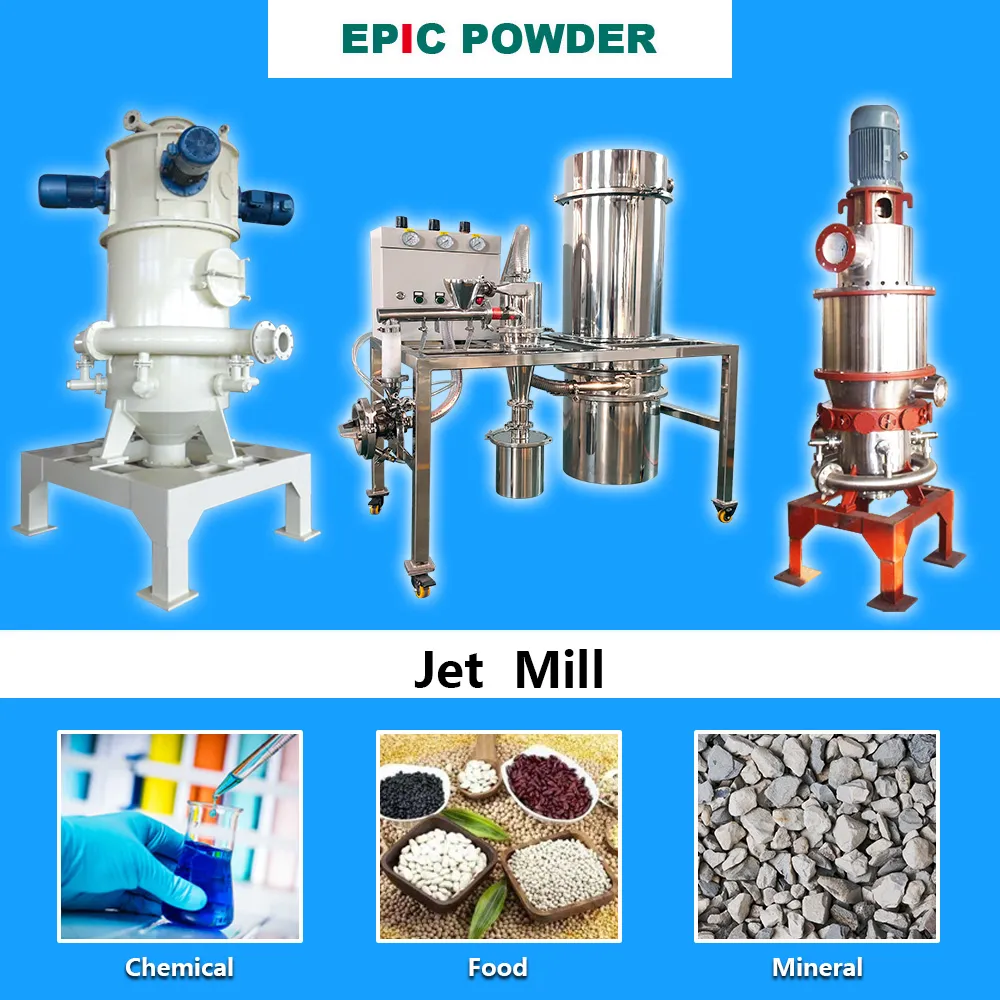
Advantages of Jet Pulverization Technology:
Superior Particle Size: Product fineness and PSD are far superior to mechanical milling. For achieving sub-micron fineness with a narrow distribution requirement, jet milling is one of the most important and effective methods.
High Efficiency: The milling cycle is short and efficient, often not requiring long durations or multiple passes.
Product Consistency: The product size distribution remains stable and does not change with milling time, ensuring consistent output.
Low Contamination: Wear is minimal, preventing product contamination.
Additive Integration: Chemical additives (e.g., grinding aids, coating agents) can be introduced during milling, achieving uniform dispersion within the product.
The disc-type jet mill was developed in 1934 by the U.S. company Fluid Energy. It has evolved through roughly five stages: Flat Jet Mill → Loop/Spiral Jet Mill → Target Jet Mill → Opposed Jet Mill → Fluidized Bed Opposed Jet Mill.
Working Principle of a Jet Mill: The material to be ground is accelerated by a Venturi nozzle to supersonic speed into the grinding chamber. A high-pressure fluid (gas/steam carrying material) enters a distribution chamber connected to the grinding chamber. The fluid, under pressure, exits nozzles generating supersonic speeds (even kilometers per second), impacting the particles. The nozzles are set at an acute angle to the chamber wall, creating a swirling vortex that carries particles in a circular motion. Particles impact each other and the chamber walls, breaking down via collision and friction. Coarser particles are thrown by centrifugal force towards the chamber periphery for further grinding, while finer particles are carried by the central (centripetal) air stream towards the outlet pipe into a cyclone separator for collection.
О компании Epic Powder Machinery
Эпическая Порошковая Машина is a leading high-tech enterprise dedicated to the research, development, and production of advanced powder processing equipment. We specialize in ultrafine grinding, classification, and modification solutions.
Our equipment is instrumental across various industries, including chemicals, minerals, pharmaceuticals, and new materials. Epic P’s jet pulverization and classification systems are suitable for achieving the narrow particle size distributions and superior product quality. We are committed to delivering innovative powder technology solutions that enhance our clients’ product performance and competitive edge in the global market.


